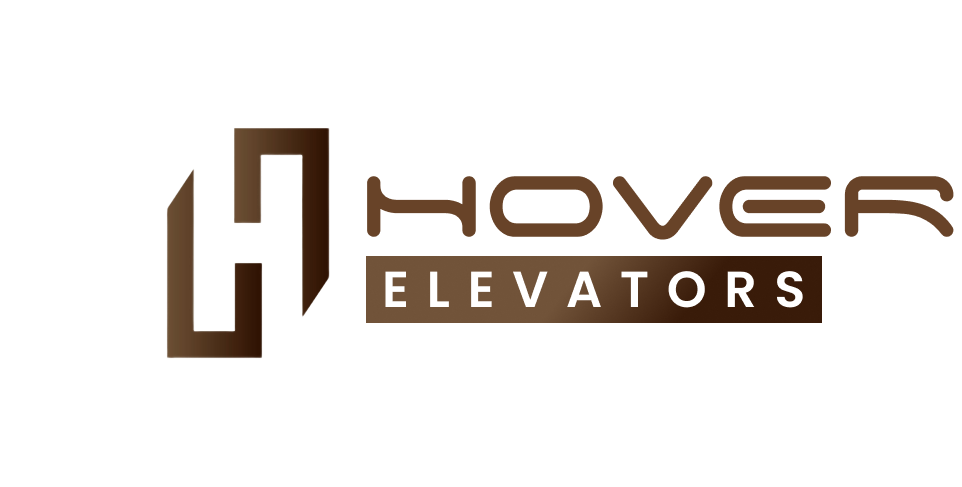
Enhancing Vertical Mobility with Safety and Efficiency
Stretcher lifts, also known as hospital bed lifts or patient lifts, are specialized elevators designed specifically to transport patients on stretchers or hospital beds between different floors within healthcare facilities. These lifts are engineered with unique technical specifications to ensure the safe and efficient transportation of patients, while also addressing the specific needs and challenges of medical environments
In the bustling environment of a hospital, seamless vertical mobility is imperative for efficient operations and patient care. Hospital lifts play a pivotal role in ensuring swift transportation of patients, staff, and equipment between different floors. Beyond mere transportation, these lifts prioritize safety, reliability, and comfort, adhering to stringent technical specifications tailored to the unique needs of healthcare facilities.
APPLICATION
HOSPITAL
INDUSTRIAL APPLICATION
WAREHOUSE
Capacity and Size
Hospital lifts are designed to accommodate various loads, ranging from patients on stretchers to medical equipment and personnel. Standard sizes typically include spacious cabins to facilitate easy movement and accessibility. Capacity varies depending on the intended use and size of the lift, with options ranging from accommodating a single stretcher to larger units capable of transporting multiple stretchers simultaneously.
Speed and Performance
Speed is a crucial factor in hospital lifts, where prompt transportation can be critical, especially during emergencies. These lifts are engineered to provide swift vertical transportation while maintaining smooth acceleration and deceleration to ensure passenger comfort and safety. Speed settings are optimized to balance efficiency with safety, adhering to industry standards and regulatory requirements.
Safety Features
Hospital lifts are equipped with an array of safety features to mitigate risks and ensure passenger well-being. These include emergency stop buttons, automatic rescue devices, interlocks, and overload protection systems. Additionally, advanced safety technologies such as sensors for detecting obstructions and predictive maintenance systems contribute to preemptive hazard prevention and operational reliability.
Accessibility
Accessibility is paramount in hospital lifts to accommodate individuals with diverse mobility needs, including patients with disabilities or limited mobility. Therefore, lifts adhere to accessibility standards, featuring features such as spacious cabins, tactile buttons with Braille signage, audible announcements, and wheelchair-friendly designs. Moreover, smooth cabin transitions and leveling enhance ease of boarding and disembarking for passengers.
Hygiene and Maintenance
Hospital lifts prioritize hygiene and cleanliness to minimize the risk of cross-contamination and ensure a safe environment for patients and staff. Materials resistant to microbial growth and easy-to-clean surfaces are employed in lift construction. Additionally, regular maintenance schedules and remote monitoring systems facilitate proactive maintenance, minimizing downtime and ensuring optimal performance.
Integration with Hospital Infrastructure
Hospital lifts are seamlessly integrated into the broader infrastructure of healthcare facilities, aligning with architectural designs and operational workflows. Integration with building management systems allows for centralized monitoring and control, facilitating efficient lift management and resource allocation. Furthermore, integration with electronic medical records and communication systems streamlines patient transportation logistics and enhances coordination among healthcare teams.
Hospital lifts represent a crucial component of healthcare infrastructure, facilitating efficient vertical mobility while prioritizing safety, accessibility, and reliability. By adhering to stringent technical specifications and incorporating advanced features, these lifts contribute to the seamless operation of hospitals, ensuring optimal patient care and staff efficiency. As healthcare facilities continue to evolve, hospital lifts will play an increasingly vital role in meeting the dynamic demands of modern healthcare environments.

